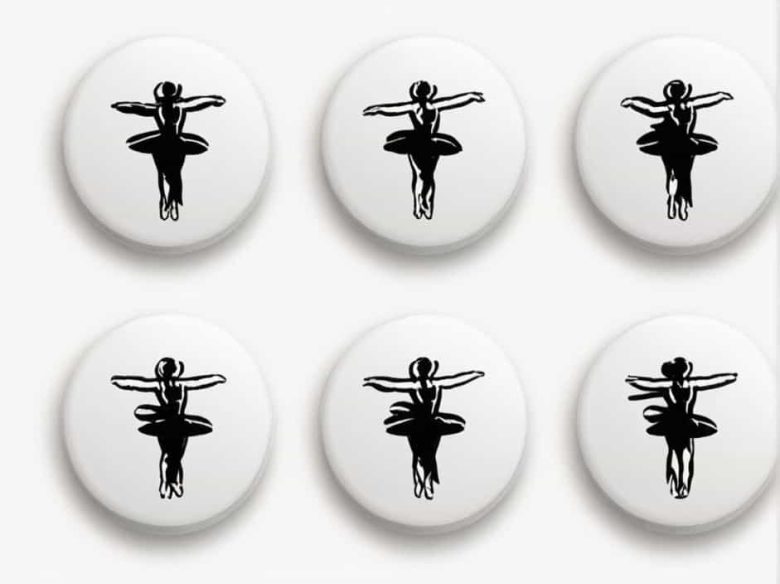The word ‘danseuse’ comes from French and refers to a female ballet dancer. In English it is used to describe a woman who performs ballet or any form of classical dance. The male equivalent of ‘danseuse’ is ‘danseur’ which refers to a male ballet dancer.
While the term is not commonly used in everyday English it is often seen in literature dance reviews and discussions about classical ballet. Understanding the meaning and significance of ‘danseuse’ can help in appreciating ballet culture and terminology.
Origins and Meaning of ‘Danseuse’
The word ‘danseuse’ is derived from the French verb ‘danser’ which means ‘to dance.’ In French ‘danseuse’ specifically refers to a female dancer while ‘danseur’ is the male counterpart.
In English the word is sometimes used in artistic or formal contexts to describe a professional female ballet dancer emphasizing grace skill and elegance.
Usage of ‘Danseuse’ in English
Although English speakers primarily use the word ‘ballerina’ for female ballet dancers ‘danseuse’ is sometimes used in certain contexts such as:
- Ballet Criticism and Reviews – Example: ‘The lead danseuse delivered a mesmerizing performance in Swan Lake.’
- Literature and Poetry – Writers may use ‘danseuse’ to add a poetic or sophisticated touch.
- Historical References – Older texts and art critiques may use ‘danseuse’ instead of ‘ballerina.
Difference Between ‘Danseuse’ and ‘Ballerina’
While ‘danseuse’ and ‘ballerina’ both refer to female ballet dancers there are key differences in their usage:
| Term | Meaning | Common Usage |
|---|---|---|
| Danseuse | A general term for a female dancer particularly in ballet | Formal artistic or literary contexts |
| Ballerina | A highly trained female ballet dancer often a lead performer | More commonly used in English |
In professional ballet ‘ballerina’ is reserved for highly skilled dancers while ‘danseuse’ is a broader term.
Famous Danseuses in Ballet History
Many legendary ballet dancers have been referred to as ‘danseuses’ in historical and artistic writings. Some of the most notable include:
1. Anna Pavlova
A Russian ballet dancer famous for her role in The Dying Swan Pavlova was one of the most celebrated danseuses of the early 20th century.
2. Margot Fonteyn
An iconic British ballet dancer Fonteyn was known for her partnership with Rudolf Nureyev and her performances in Swan Lake and Romeo and Juliet.
3. Misty Copeland
The first African American female principal dancer at the American Ballet Theatre Copeland is a modern example of a world-renowned danseuse.
Skills Required to Become a Danseuse
A professional danseuse must master several key skills including:
- Strength and Flexibility – Ballet requires incredible physical control.
- Grace and Elegance – Movements must appear effortless and fluid.
- Musicality – Understanding rhythm and music enhances performances.
- Acting Ability – Many ballet roles require expressive storytelling.
Training to become a danseuse often starts at a young age with years of disciplined practice.
Danseuse in Modern Culture
Today the term ‘danseuse’ is sometimes used in:
- Ballet schools and training programs
- Dance literature and academic writings
- Art and film discussions featuring ballet themes
However ‘ballerina’ remains the more widely recognized term in English-speaking countries.
A danseuse is a female ballet dancer a term borrowed from French to describe grace skill and artistic excellence in dance. While ‘ballerina’ is more commonly used in English ‘danseuse’ continues to appear in artistic literary and historical contexts.
Whether you are a ballet enthusiast a student of dance or simply curious about artistic terminology understanding the word ‘danseuse’ can deepen your appreciation for the world of classical dance.


